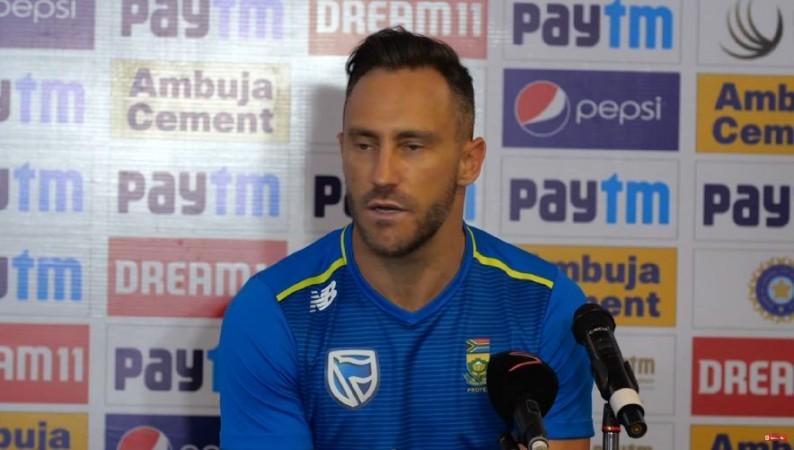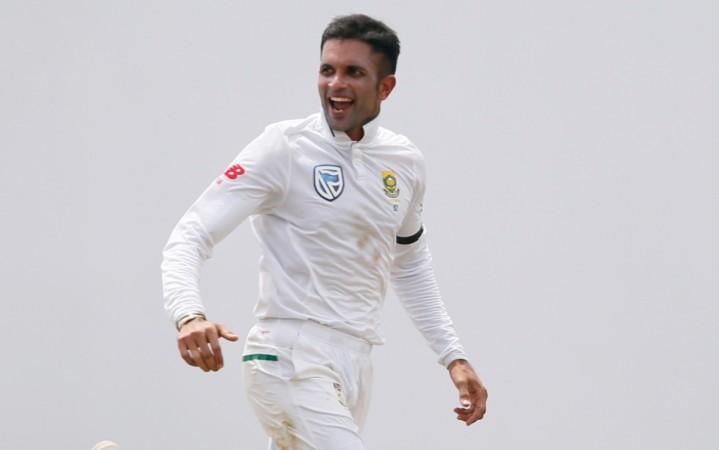
Keen to perform better this time around compared to their last Test series in India, the South African team is looking to make the most of its available resources. Speaking to the media in the pre-match press-conference, the captain of Proteas team Faf du Plessis happened to reveal what the bowling strategy of his team would be.
Essentially, the visitors would have a two pronged approach to dealing with Indian batsmen. First, they would look to their ace spinner, Keshav Maharaj, to fully utilise the dry conditions which are most likely to be present for the three matches.
In fact, du Plessis was quite bullish about the prospects of his left-arm spinner in the three-match rubber. "In the past series, we have seen that the ball spun quite a bit. I think the bowler that we have in Maharaj at the moment is probably just as good as any spinner around the world. So, he will be a challenge for the Indian batters if the deck were to spin quite a bit."
This statement from the Proteas skipper is very interesting. It may well be an attempt at playing mind-games with the Indian team. By suggesting that a square-turning wicket would greatly help his own spinner, he may be, in a very subtle way, trying to dissuade the hosts from going down that path.

But spin isn't the only method that the South Africans will rely on to make an impact. Additionally, they would also be looking to exploit the genuine pace their bowlers possess and the reverse swing that can be generated through it.
"We also have the pace but it is about making sure you have the accurate pace. For the ball to reverse swing, you need a dry surface and pitches. We can use the dry pitches to our advantage as we have few bowlers who can bowl 140-150 kph+ and that's where reverse swing becomes the real weapon," the South African captain told mediapersons on the eve of the first Test.
One can recall how successful Dale Steyn was in Indian conditions, thanks to the reverse swing he generated and the pace at which he bowled. This time around, it will be Kagiso Rabada who will be leading the pace attack. Seen as the successor to Steyn, Rabada has the speed, whether he has the ability to get the kind of reverse swing his predecessor did remains to be seen.
Apart from Rabada and Maharaj, Vernon Philander could also play a key role through his ability to seam the ball. On dry pitches, sometimes, the ball could move off the deck. But this wasn't mentioned by du Plessis.
However, if the pitches for this series are similar to the ones in the 2015 rubber, then the pace bowlers may not get much of a chance.

















